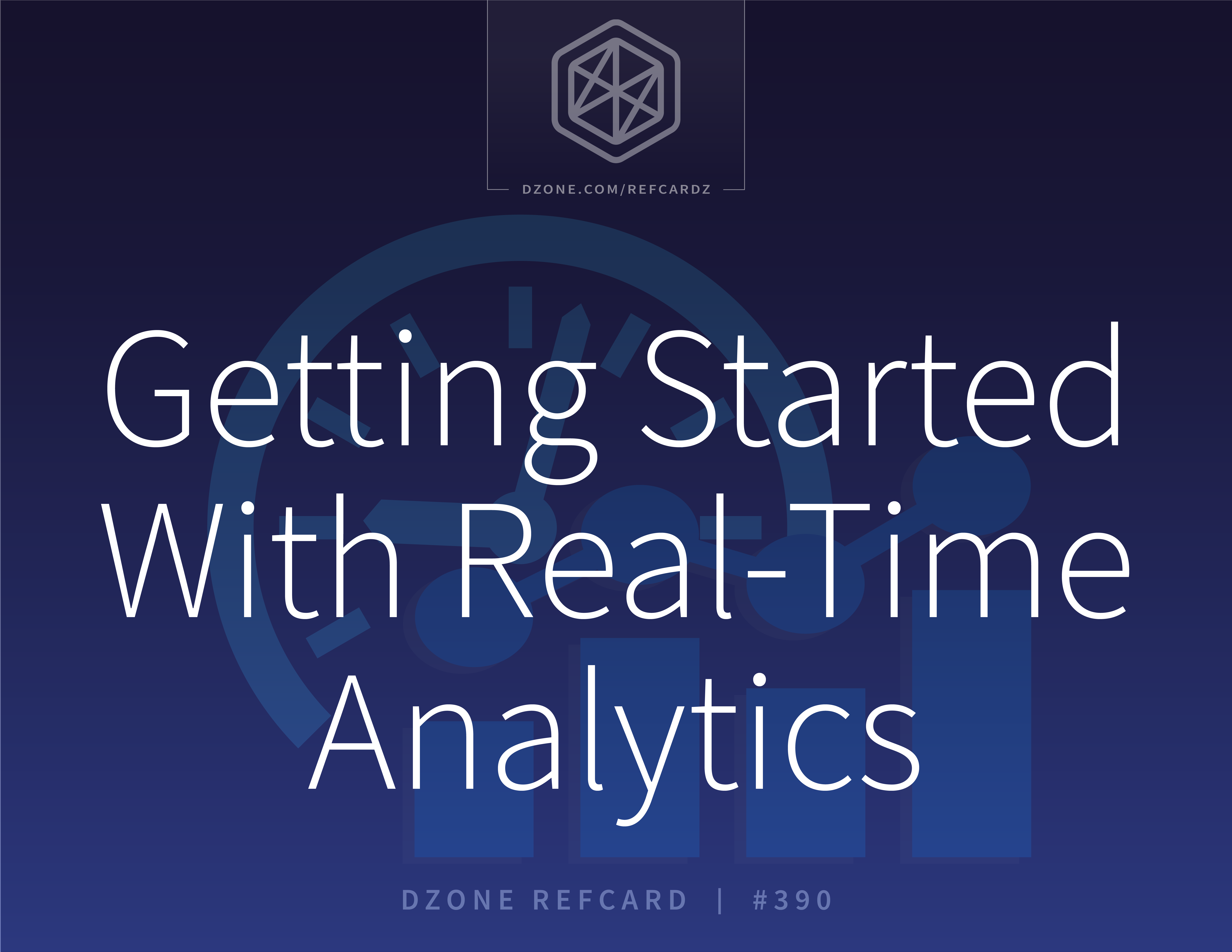What Is Real-Time Analytics?
Real-time analytics involves processing data as soon as it comes into a system. Analytics processes, discovers, and communicates meaningful insights from data through math, statistics, and machine learning. Traditionally, analytical systems process a large amount of data, often on the scale of petabytes, and have few users running relatively large queries when compared to transactional or operational systems. This definition has changed in recent years, and analytical systems are often user- and customer-facing analytical systems. They are also frequently used as part of a larger workflow where the "user" is another system or artificial intelligence solution that makes data-driven decisions.
Real time is a relative term in the sphere of analytics. Generally speaking, data freshness is measured in minutes or seconds instead of hours or days. The definition is subjective to the user and business expectations. However, data that is aggregated into large blocks and then processed can be considered "batch," and data that is processed soon after it is received can be considered "real-time."
Importance of Real-Time Analytics in Today's Business Environment
Businesses changed fundamentally over the past few years. Business operations are becoming increasingly fast paced and complex. Real-time analytics provides up-to-the-minute insights into various aspects of the business, enabling quick and informed decision-making, especially in industries where market conditions change rapidly, such as adtech, crypto, or finance. In these industries and many others, competitive advantage is gained by reacting swiftly to market changes.
Meanwhile, fraud and security are a bigger threat than ever before, and real-time analytics is essential to both detecting and preventing fraud and security penetration. Real-time analytics has become more crucial across industries where supply chains are now constantly changing due to the dynamic geopolitical and economic environment. Often, everything from consumer devices to manufacturing equipment are instrumented with sensors and provide real-time data; analytics must keep up to supply correct control and telemetry to the people and algorithms that control and monitor these devices.
Whether it is due to industry-specific requirements or to the changing nature of customer expectations and competitive requirements, real-time analytics has become an integral tool.





{{ parent.title || parent.header.title}}
{{ parent.tldr }}
{{ parent.linkDescription }}
{{ parent.urlSource.name }}